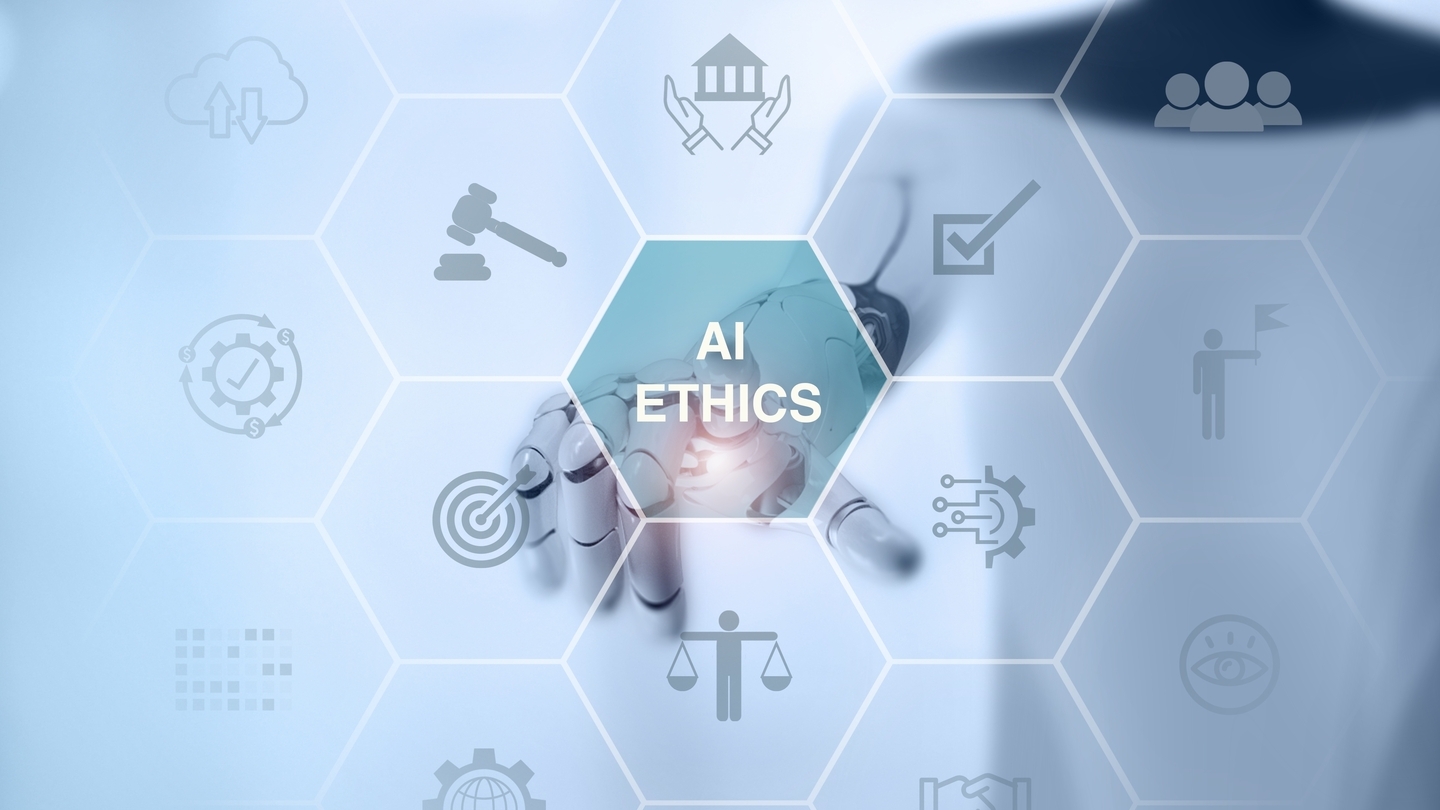The rapid but unpredictable rise of AI is making it harder than ever for companies in broadcast & media to predict their future skills requirements – but that shouldn’t be a reason to fall into despondency, discovers David Davies.
The consensus view is that broadcast & media has been facing an increasingly serious skills crisis for several years now. In particular, the combination of limited access to training in some technical disciplines and the retirement of a generation of senior engineers has yielded a ‘perfect storm’ of challenges that will afflict broadcasters for the next decade at least.
To that mix one can now add the rapid but deeply unpredictable rise of AI. The likely impact on some roles – for instance, basic editing and the more repetitive aspects of localisation – isn’t too hard to predict. But with new applications emerging all the time, and meaningful regulation only beginning to emerge (led by the EU, which has just reached provision agreement on new legislation) – let alone gain parity with the pace of innovation – taking the long view is increasingly challenging...
You are not signed in.
Only registered users can view this article.

Finding our ethical true north on AI: Part II
Part two of our insight into AI ethics and regulation continues with observations on industry efforts around standards and best practices, and why human impact should be the guiding force. James McKeown reports.
/Source - shutterstock_2464837145 (1).jpg)
Digital Catapult: AI innovations to supercharge the creative industries
Accelerated VFX workflows, video game characters you can converse with, and auto-generated visual experiences from sound for XR headsets are just some of the AI innovations devised by start-ups as part of a recent Digital Catapult programme. Adrian Pennington reports.
.jpg)
Neural Radiance Fields – A new approach to 3D modelling
From the chemical, mechanical and electrical process of creating a film, to the rise of virtual production, visual storytelling has always turned to cutting-edge technologies. Now Neural Radiance Fields (NeRF) could replace the traditional technological foundations that broadcasting and film are built upon. IBC365 speaks to leading researcher, Professor Ravi Ramamoorthi.
.jpg)
Future predictions – Part II: Leaders and analysts
The coming year hints at big changes in focus and innovations for the media and entertainment world. With giant leaps in AI advancements, streamlining production and the road ahead for ad-tech, how can vendors meet the demands of the hungry yet cost-conscious consumer, whilst staying ahead of the game? John Maxwell Hobbs gathers more expert insight from leaders and analysts in the second part of our future predictions series.

Future predictions – Part I: Broadcasters and suppliers
As we wrap up 2024, it’s time to consider what lies ahead for the media industry in 2025. John Maxwell Hobbs probed industry executives to share their crystal ball predictions on themes spanning the impact of AI, the transition from hardware to software-based solutions, data security and ways of reaching new audiences.




